Japan is home to one of the most advanced and comprehensive railway systems in the world with around 8,567 train stations dotted around the country. Locals and tourists alike use Japan’s extensive railway network to get to their destinations daily, making it unsurprising that 45 out of the 50 busiest train stations in the world are located in Japan. The busiest of which lies in the heart of Tokyo: Shinjuku Station, which services around 3.8 million passengers per day. In fact, Tokyo alone has around 600 stations across its 23 wards as of March 31st, 2021.
Japan Railways (JR) is Japan’s leading railway company providing passengers with everyday commuter trains to get to and from work or school, scenic tourist trains that chug along at a leisurely pace to maximize enjoyment of the views outside, and the famed Shinkansen or bullet trains that transports passengers from one major Japanese city to another quick as a flash.
Aside from the trains, Japan also has buses, subways, airports, and even ships and ferries. There are around 176 airports in Japan, with Haneda Airport being the country’s largest domestic airport. Most major cities including Sapporo, Sendai, Tokyo, Yokohama, Nagoya, Osaka, Kobe, Kyoto, and Fukuoka have their own dedicated subway systems.
So, if you’re planning a trip to Japan or are already here but looking to explore more of the island, your options to get from Destination A to Destination B are practically limitless, and you are only constrained by time, budget, and where you want or are planning to go. To help you along, here are some tips and tricks you can employ to make the most out of traveling around Japan.
Intercity travel
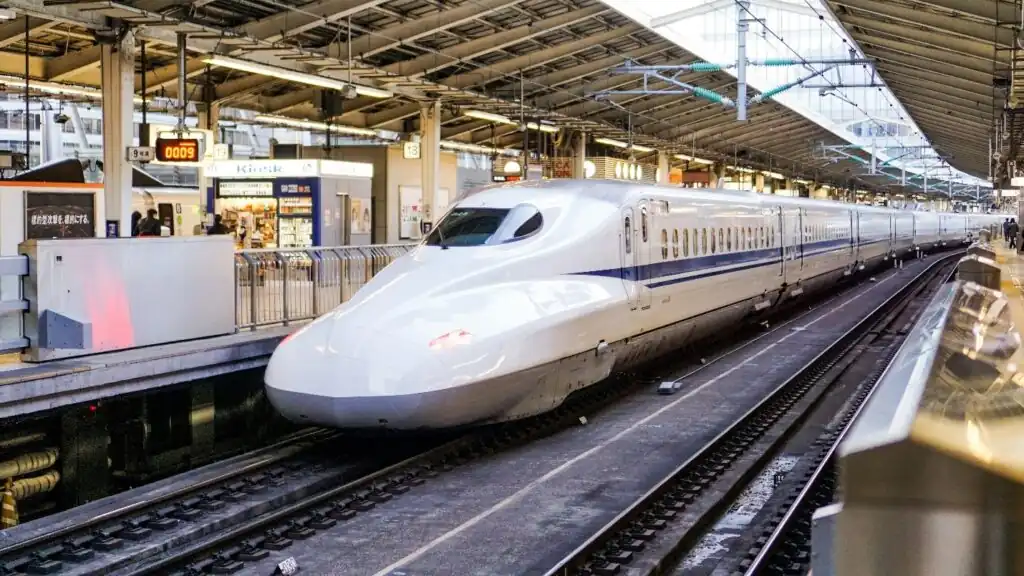
Those looking to travel around Japan and its cities have a plethora of travel options available to them depending on factors such as:
- Time
- Budget
- Destination
- Distance of travel
- Flexibility
Taking the train is arguably the most popular and efficient way of getting from one major city to another and the country’s main operator, Japan Railways (JR) has several rail systems that help passengers get from one end of the island to another quickly, comfortably, and efficiently. JR also operates the famous Shinkansen, which is an attraction in and of itself for many international tourists.
However, it’s important to note that taking the train probably isn’t the cheapest option though you can make the most of your limited budget by utilizing one of Japan’s numerous rail passes. The most well-known pass for train travel in Japan is the Japan Rail Pass (JR pass), which allows international tourists unlimited travel on most of JR’s train network, including the Shinkansen. This pass is best used for those who are frequently traveling from one city to another and traveling long distances. Tourists traveling within a region of Japan may want to opt for one of the 30 regional passes instead.
If you’re eager to explore Japan in its entirety but are somewhat strapped for cash, then the most budget-friendly option would be to use the bus. Highway buses or kosoku bus in Japanese are an inexpensive if much slower alternative to trains for long-distance travel and they have the added advantage of covering more parts of Japan than the trains, especially if your final destination is not a major city but perhaps a small town a little off the beaten track.
There are dozens of highway bus operators in Japan but unfortunately, many of them lack foreign language support options, making them tricky for non-locals to use. If the language barrier is a cause of concern for you, there are bus companies that have foreign language, specifically English, support; and these include:
Last but certainly not least, there is the option of flying, which is the fastest option and sometimes cheaper than taking the train, especially if you go with one of Japan’s local low-cost carriers such as:
Japan’s main carriers, Japan Airlines (JAL) and All Nippon Airways (ANA) also have discounts and promotions such as offering up to 50% off if you book your flight at least one month in advance. You can find more information on their official websites:
Checking public transportation schedules and routes
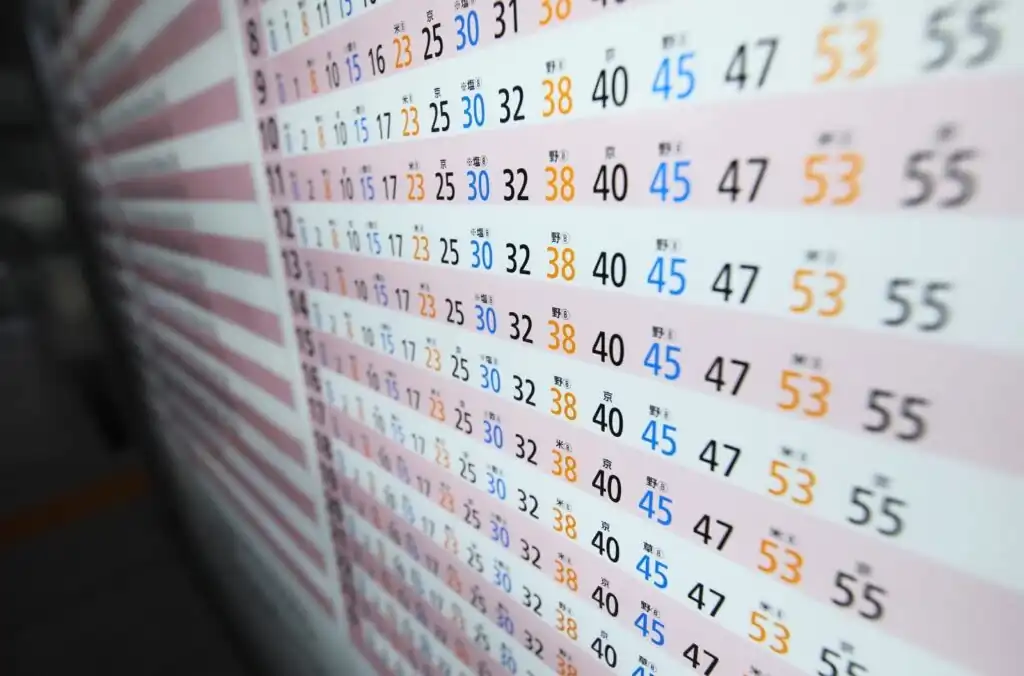
Japan’s extensive train network can be intimidating and confusing to navigate, especially for tourists, and there is the added hurdle of the language barrier as many of the online timetables for the bus, train, and ferry often lack foreign language support. Fear not, however, for there are some good websites and apps in English that help non-local travelers find the best and most efficient route for their itinerary.
One of the most popular and downloaded apps for transport schedules and navigations is Japan Transit Planner-Norikae Annai. The app offers multiple foreign language support options, and helps travelers check their routes—including prices, transfers, ride duration, and weather in departure and destination area. There are also some mobile ticket options available on the app. You can download the app on Google Play here, and on the Apple Store here. They also have an online website version, but its features and functions are rather limited compared to the app.
Another popular website and app is Japan Travel by Navitime, which allows you to check local and highway bus, train, and plane routes along with driving and walking routes, taxi prices, and tolls for the highway. When searching for a route, Navitime also allows you to select the option of JR Pass and other regional passes to check whether they can be used for your journey. You can visit the official website here, or download the app for your iPhone or Android here.
If you’re insistent on using the Shinkansen, and traveling along Japan’s “Golden Route”, which includes cities such as Tokyo, Shizuoka, Nagoya, Kyoto, Osaka, Hiroshima, Hakata, and Kumamoto, Smart Ex has a dedicated online Shinkansen reservation service you can check out. They also have apps for both the iPhone and Android.
If you don’t fancy downloading new apps, then Google Maps and Citymapper should suffice, at least if you only plan on visiting and exploring the country’s major cities.
Getting the right train ticket pass
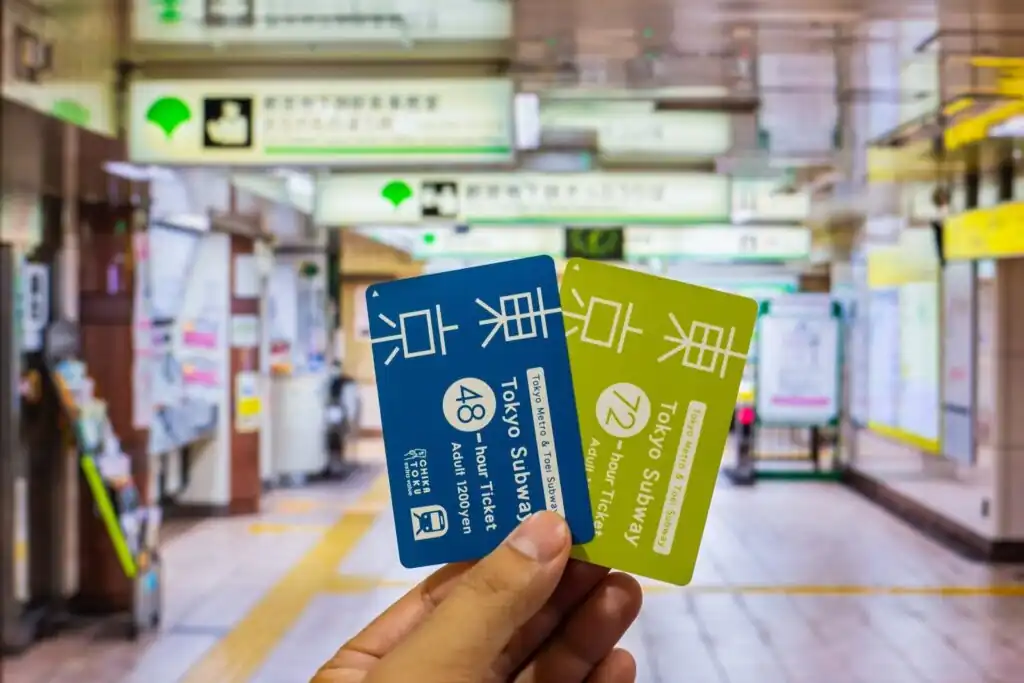
Deciding which train ticket pass is best for you is highly dependent on your itinerary and travel plans. Budget, distance, time, destination, and flexibility also factor into your decision-making.
If you want access to Japan on a nationwide scale, the Japan Rail Pass might be your best bet as it includes unlimited travel on most JR trains including the Shinkansen, limited express trains, local trains, and some JR buses. Passes are available for 7, 14, or 21 days. More information can be found on the official website.
If you only plan on traveling within a certain region of Japan, you might want to consider a regional train pass. There are regional passes for the following areas:
Managing your luggage in Japan
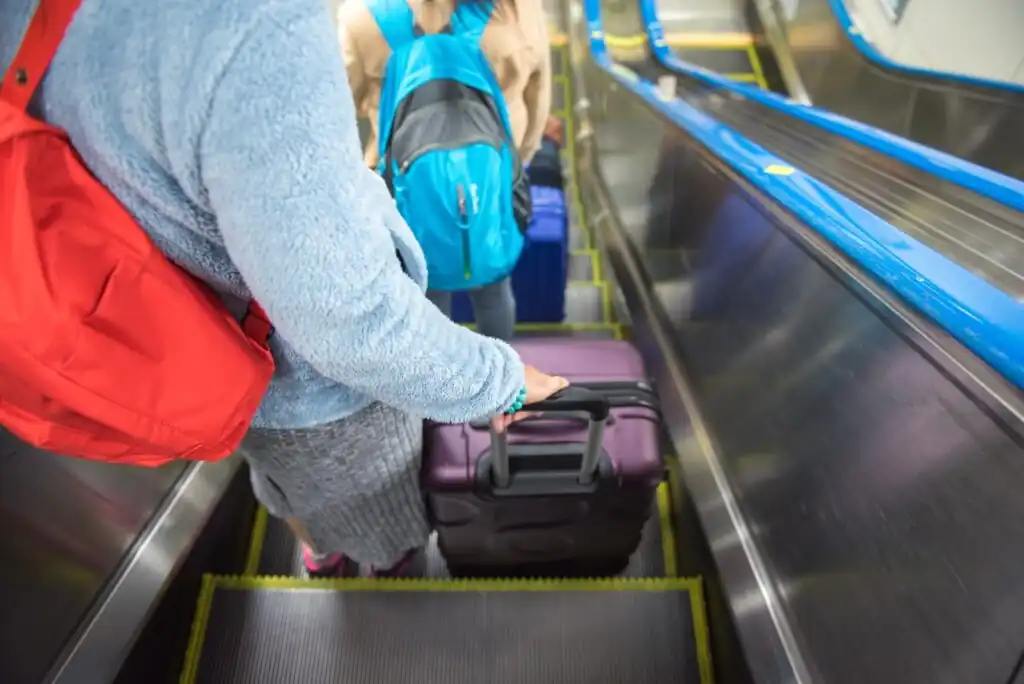
Lugging around heavy and sometimes oversized bags and luggage is troublesome everywhere but in Japan, it may be even more so. This is due to how densely packed the trains are in major cities such as Tokyo and Osaka and a lack of dedicated luggage storage space on local and commuter trains. Even the Shinkansen has limitations on how much and what size luggage you can bring with you. You can read more about it here.
To avoid the hassle and stress of dragging your suitcase, duffel, or hiking backpack with you, there are a few options you can consider. If you’re arriving at your destination in the morning and want to hit the ground running, depending on how you arrive (by plane, train, bus, etc.), you can make use of coin lockers. Most if not all the major train stations in Japan have coin lockers for passengers to use and you can find coin lockers at tourist facilities as well. Depending on the size you need, these coin lockers can cost between ¥300 to ¥700.
Another option is to use the “Hands-Free Travel” service, which is a service that allows tourists to drop off their luggage at the reception counters of airports, bus and train stations, and business facilities such as convenience stores while visiting Japan. Visitors have the option of temporary storage or delivery. If you choose delivery, your luggage will be delivered to your accommodation, which includes hotels, ryokans (traditional Japanese inns), and Airbnb. There is also the option of having your luggage shipped overseas. Similarly, to avoid carrying your luggage to the airport, train station, or next accommodation, you can have it delivered from your hotel, AirBnB, etc., to the airport, major railway stations, locations with a takuhaibin or “Hands-Free Travel” sign, or your next accommodation. More information can be found here.
Two of Japan’s major delivery organizations also offer such services. One is Yamato Transport and the other is Sagawa, which offers temporary storage and delivery.
Payment options
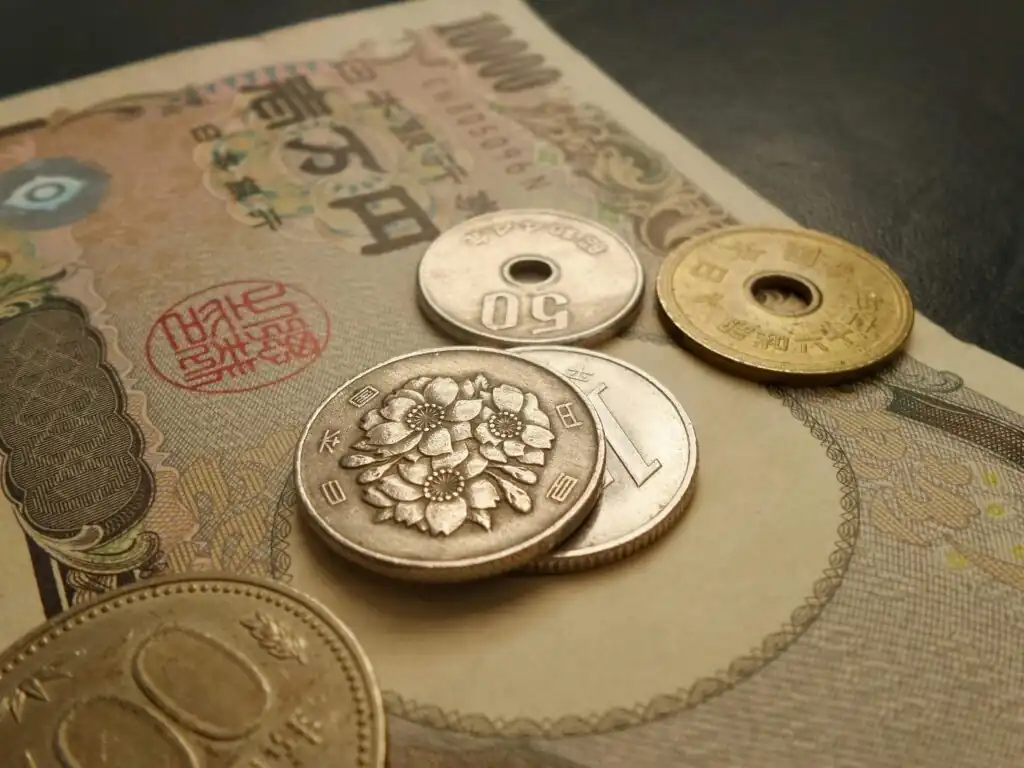
Banish those thoughts of Japan being a hyper-futuristic paradise that’s lightyears ahead when it comes to technology and gadgets…at least when it comes to payment options. Cash is still king in Japan and it’s always best to carry some physical currency with you as you explore the country, lest you get caught out not being able to pay for something. Foreign bank cards generally work at major shops, restaurants, cafes, etc., but it’s not always a guarantee, especially if you decide to venture out of the major cities.
Another way to avoid issues with your foreign bank and lack of physical currency is to purchase an IC card in Japan. IC stands for “integrated circuit” and these are prepaid cards that can be topped up with electronic money, which can then be used to pay for public transport, vending machines, convenience stores, shops, cafes, coin lockers, etc. They are arguably one of the most popular and convenient methods of paying for things in Japan.
The two big IC card companies that many people probably know of are Suica and Pasmo. Suica is managed by JR East and Pasmo is run by non-JR companies. There are also other IC card companies available depending on where you are in Japan. Suica also has a dedicated tourist IC card called Welcome Suica.
You can check the balance of funds on your IC card by downloading and using apps such as Suikakeibo. The app utilizes NFC technology on smartphones to read the IC card.
If you’re looking for an apartment in Japan, why not choose Village House? There are no deposits, key money, renewal fees, or handling fees required (※). If you’re looking to save on initial costs, feel free to get in touch with us!
※Depending on the contract terms and the results of the screening process, a security deposit may be required.
Related articles:

Freelance writer with over 2 years of experience writing for the Village House Blog, ESL teacher, and digital nomad who has lived in countries including The Czech Republic, The UK, The U.A.E., Japan, and most recently, Georgia. Is constantly on the hunt for the best, most optimal apartment for remote work when not enjoying going to film festivals, concerts, and the theater.



